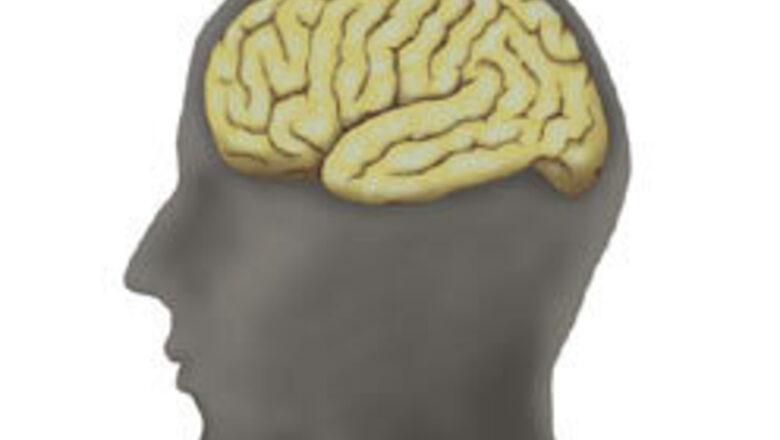
views
Washington: A new research conducted at the Harvard Medical School (HMS) has identified neurons that assist in categorising visual stimuli, for instance the one which helps you recollect where you keep your keys.
The study found that the activity of neurons in a part of the brain called the parietal cortex encodes the meaning of familiar visual images and that brain activity patterns changed dramatically as a result of learning.
Their results suggest that categories are encoded by the activity of individual neurons (brain cells) and that the parietal cortex is a part of the brain circuitry that learns and recognizes the meaning of the things that we see.
"It was previously unknown that parietal cortex activity would show such dramatic changes as a result of learning new categories," said lead author David Freedman, HMS.
"Some areas of the brain, particularly the frontal and temporal lobes, have been associated with visual categorization," he said.
The researches said that while much is known about how the brain processes simple visual features such as colors, angles, and motion-directions, less is known about how the brain learns and recognizes the meaning of stimuli.
The process of grouping related visual images into categories allows the brain to organize stimuli according to their meaning and makes it possible for us to quickly make sense of our surroundings.
"This research helps to further the understanding of how the brain learns and recognizes the significance, or meaning, of visual images and demonstrates that learning new categories can cause dramatic and long-lasting changes in brain activity," Freedman said.
"We are continuing this work to determine if the parietal cortex is specialized for processing motion-based categories or if it plays a more general role in categorizing other types of visual stimuli, such as shapes, as well," he added.




















Comments
0 comment